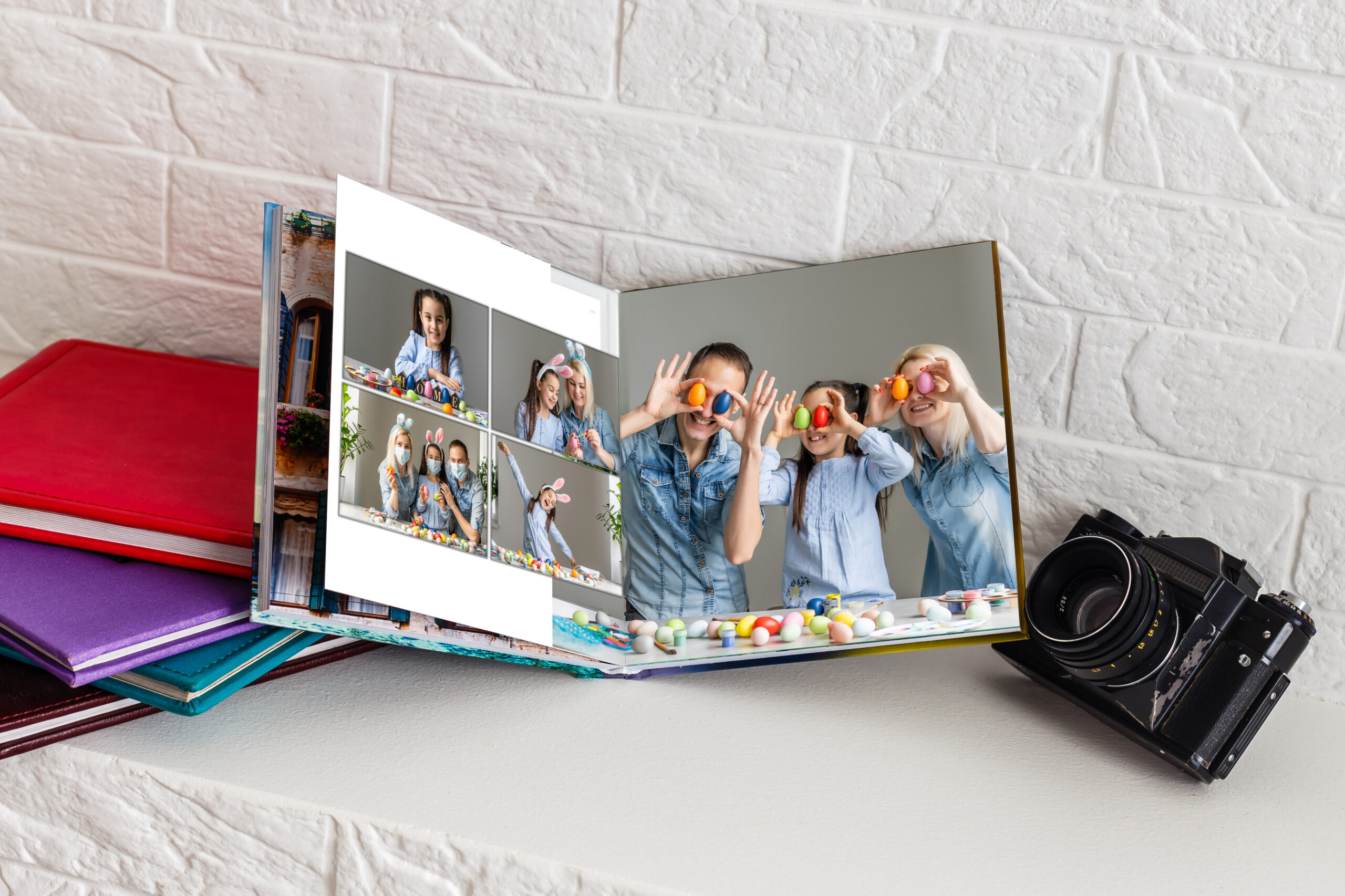Have you ever flipped through a photo book and felt as though you were stepping through the pages into another world? There’s something magical about a well-crafted photo book that captures not just images, but also the essence of moments. It’s like holding a piece of time in your hands, each page a window to a different scene. But what exactly transforms a simple collection of photographs into a memorable treasure?
The Art of Storytelling
In the realm of photo books, each spread tells a story. More than just chronological arrangements or thematic groupings, the most captivating photo books weave a narrative that pulls the viewer into its depth. This narrative could be the progression from childhood to adulthood in a family album, or the unfolding of a road trip across landscapes that change with every turn of the page. The key is in how these stories are told.
Personal Touches that Resonate
A touch of personalization can transform a photo book from a mere collection to a heartfelt expression. It’s the handwritten captions that whisper secrets of the moments captured, or the choice of a vintage filter that reflects a love for nostalgia. These details invite the viewer to not just see, but feel the memories.
Quality that Speaks Volumes
The tactile feeling of high-quality paper between the fingers, the vividness of professionally printed photographs, and the sturdiness of a well-bound book contribute significantly to the memorability of a photo book. They say quality speaks for itself, and in the world of photo books, it communicates a commitment to preserving memories with the respect they deserve.
Emotional Engagement Through Visual Harmony
Just as a symphony orchestrates different instruments to create a harmonious sound, the layout and design of a photo book orchestrate visuals to evoke emotions. The placement of images, the balance between text and space, and the rhythm of page turns play crucial roles. Imagine a page that juxtaposes a vibrant, joyful celebration next to a tender, quiet moment. This contrast can heighten the emotional impact, making the joy more vibrant and the quiet moment more introspective.
Unexpected Elements that Surprise and Delight
What if a photo book could surprise you? Imagine turning a page to find a small, folded note, a pressed flower, or a replica of a ticket stub from a concert. These unexpected elements serve as delightful treasures that enhance the storytelling, adding layers of depth that a digital album could hardly achieve. Such surprises make each viewing of the photo book a unique experience, revealing new layers and hidden secrets.
Continuity and Flow: The Silent Narrators
While individual pages capture moments, the flow of the book narrates a continuous story. Effective photo books manage this flow by ensuring a seamless transition from one theme or chapter to the next. This might be achieved through color schemes that change with the seasons depicted in the photos or through recurring motifs that guide the viewer’s journey through the book. The art lies in making these transitions feel natural, almost intuitive, so the story unfolds effortlessly before the eyes.
Integration of Technology and Tradition
In today’s digital age, the integration of technology in creating photo books adds a layer of innovation to the traditional print. QR codes subtly included in the design can link to videos or audio clips, making the photo book an interactive experience. This blend of old and new not only preserves the classic allure of printed albums but also enriches the storytelling with multimedia elements, allowing for a more dynamic interaction with memories.
The Role of Chronology in Memory Preservation
While creativity in layout and design is crucial, the power of chronology in a photo book should not be underestimated. A chronological structure can serve as the backbone of a photo book, providing a clear, linear progression of events that recount a coherent story. This structure helps in reinforcing the memories associated with the images, making the photo book a reliable repository of personal or family history.
Reflecting on the Significance
A truly memorable photo book does more than just display photos; it captures the essence of experiences, emotions, and epochs. It stands as a testament to the art of preservation, weaving together visuals, narratives, and tactile sensations into a cohesive whole that resonates on a deeply personal level. Every turn of the page in a well-crafted photo book can evoke nostalgia, bring joy, or inspire new adventures.
Conclusion
So, what makes a photo book truly memorable? It is its ability to not just chronicle life’s moments but to celebrate them in a format that is as timeless as it is personal. It’s the thoughtful integration of story, quality, and unexpected details that turns a simple album into a cherished keepsake. Isn’t it time to gather those digital photos scattered across devices and cloud services into a tangible form that can be held, shown, and cherished for generations?





